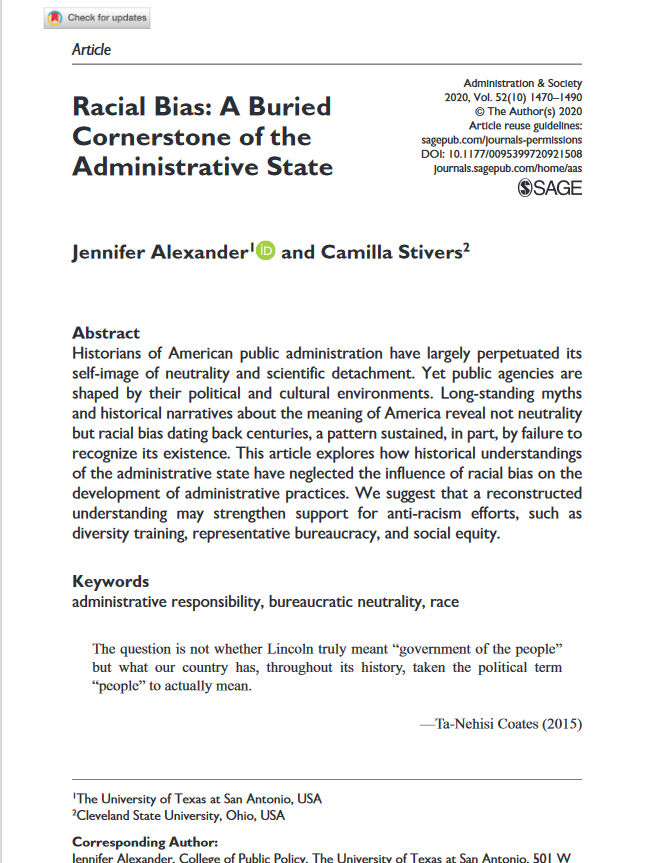So you’ve been asked to find a journal article, but no one told you what that means. You’ve come to the right place, my friend. Let’s talk.
What are journals?
Journals are publications that come out periodically, like once a month or twice a year, and are filled with all the new content that was submitted to them. There are journals for research, journals for book reviews, journals for creative writing—whatever you’re in to!
Each time the journal publishes a new collection of research or recipes or artistically photographed potted ferns, that product is called an “issue.” When journals are physically printed, these issues look kind of like magazines and they say something on them like “March 2020” or “issue 3” to let you know that you’re looking at the issue that came out in March of 2020 or the third issue that year.
Once the journal has finished publishing all of its issues for the year, it collects all of those issues into a big hardback book called a “volume.” Publishers put issues into volumes because that made it easier to keep the journals organized and it helped researchers search and find what they needed back before we could search using the internet.
So to recap: a journal prints articles inside of issues which later get bound up in volumes.
How is that different from a book?
Journals are different from books because a book is only published once, while journals are a recurring publication where the information inside changes each time it’s released. A book might get republished if the publisher runs out of copies, but they’re reprinting the same content, more or less. The content of a journal, on the other hand, changes in every issue.
Why are they like that?
Before the internet, all research got written down or typed up. Some scholars would send their research to other scholars at different institutions to share what they’d learned and how they went about conducting their research. They’d send their research all over the world to spread the love/knowledge. This was a cool move, because it let other scholars a) critique the research of others, b) recreate the research if they didn’t trust it, and c) if they trusted the research of their colleagues, it meant they could then do research building off of the knowledge established by the first scholar. Essentially, they didn’t have to start from scratch.
To make it easier and more efficient than just mailing research to one another, someone started binding new research together and sending them out in one nice neat package. Those packages were called journals. People could subscribe to a journal to get all the latest research delivered to their doorsteps.
This new process made sharing research a little more efficient for the readers, because if you just wanted to learn about sea creatures, you only had to subscribe to journals that published research on marine biology and you’d get all that shiny new research.
This process also arguably made things a little less efficient for the researcher. Instead of sending out their research to folks they knew, they now had to send it to the publisher of a relevant journal, and then whoever was editing the journal got to pick and choose what they would publish. One the one hand, it slowed things down, but on the other, it meant the scholar’s research got to way more people than it probably would have otherwise.

What do journal articles look like?
When journals went online, publishers mostly kept the same layout of their articles as they’d used when they were printed. So you’ll still see the article’s title, the authors’ names, the journal title, volume, and issue, and then you’ll probably see an abstract (summary) of the article so you can decide if you’re interested or not. There’s usually very little or no color, and the images are kept to a minimum.
It’s honestly pretty boring to look at, but we know looks aren’t everything.
The first page of a journal article looks something like this.

This example is the first article from the journal Administration and Society, Volume 52, Issue 10.
What if I’m being asked for a “scholarly” journal article?
If you’re being asked to find a scholarly journal article, you’re being asked for an article that was published in a journal that only publishes articles that contain research done by scholars (experts in their field of study).
What about an “academic” journal article?
Same thing as scholarly. If there is a difference between “scholarly” and “academic,” no one’s been able to explain it to me.
So how do I find journal articles?
It’s really unlikely that anyone will ask you to go dust off the big bound volumes in the library anymore. You’re more likely to be asked to find a journal article in a database. A database is just a digital container that holds information. Amazon is a database for things you can buy, for example. Netflix is a database of things you can watch. They hold information and we can search through them.
We also have databases that hold journals filled with scholarship or research. Some are really general, like Academic Search Complete, where the database has a few journals on lots of topics. Others, like Art and Architecture Source or Business Source Complete, focus on specific areas of research.
If you want to learn how to pick a database that’s right for you, check out this blog post.
You can also use the Library’s Quick Search and narrow your results down to just journal articles. Check out this tutorial and the rest of Bell Library’s YouTube channel to learn how to search for just scholarly articles within the Library’s Quick Search!
Happy Researching!
Emily Metcalf
Instructional Services Librarian
Photographer of Potted Ferns


